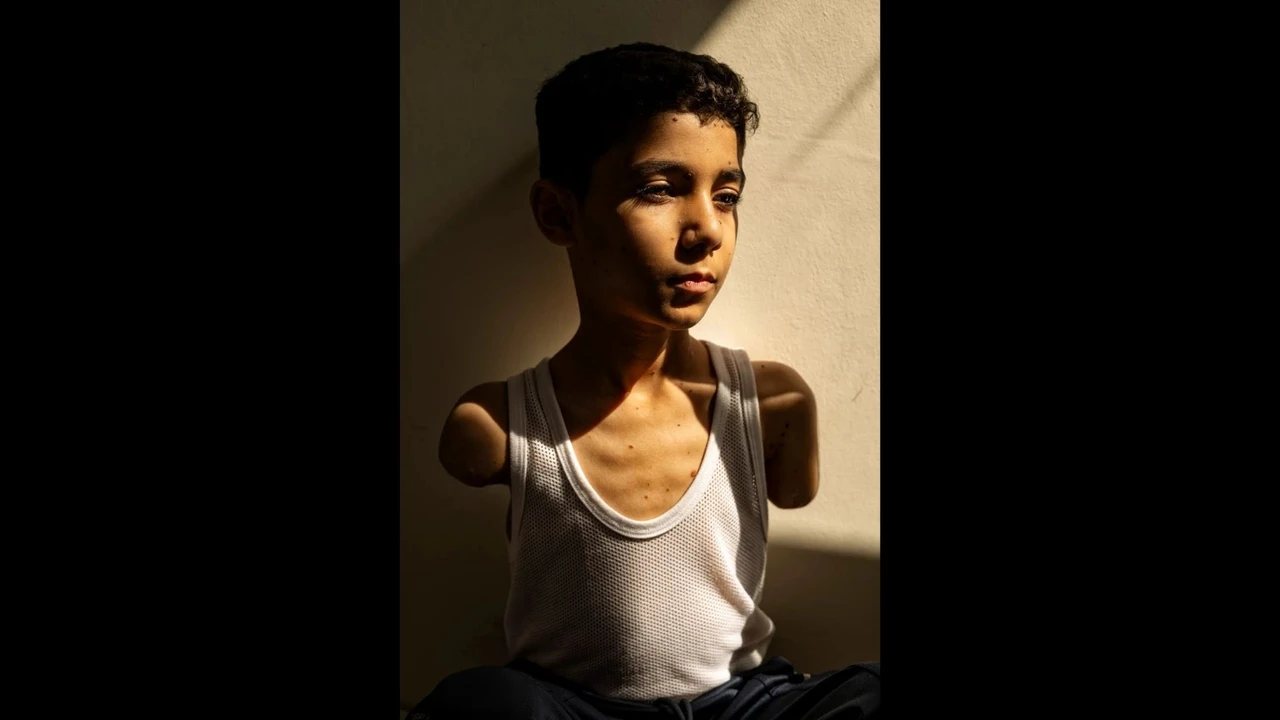Over 1,300 Hajj pilgrims succumb to extreme temperatures in Saudi Arabia
 Waving umbrellas, Muslim pilgrims walk on the third day of the annual Hajj pilgrimage amid extreme heat in Mina, Saudi Arabia, June 18, 2024. (Reuters Photo)
Waving umbrellas, Muslim pilgrims walk on the third day of the annual Hajj pilgrimage amid extreme heat in Mina, Saudi Arabia, June 18, 2024. (Reuters Photo)
During this year’s Hajj pilgrimage in Saudi Arabia, over 1,300 people died as extreme high temperatures posed severe challenges for the faithful. Saudi Health Minister Fahd bin Abdurrahman Al-Jalajel announced that 83% of the 1,301 fatalities were unauthorized pilgrims who had traveled long distances on foot to perform Hajj rituals in and around Mecca.
In an interview with state-owned Al Ekhbariya TV, Minister Al-Jalajel revealed that 95 pilgrims are currently being treated in hospitals, with some airlifted to Riyadh for further care. He noted that the identification process of the deceased was delayed due to the lack of identification documents.
The dead included more than 660 Egyptians, the majority of whom were unauthorized pilgrims, as confirmed by Egyptian officials. In response, Egypt revoked the licenses of 16 travel agencies involved in facilitating unauthorized travel to Saudi Arabia. These agencies reportedly sold Saudi tourist visas to hopeful pilgrims, violating regulations that require specific Hajj visas.
Unauthorized pilgrims, mostly Egyptians, managed to reach Mecca and surrounding holy sites on foot, lacking accommodation to shelter from the extreme heat. This contributed to the high death toll, with fatalities also reported from Indonesia, India, Jordan, Tunisia, Morocco, Algeria, Malaysia, and the United States. The causes of death were primarily attributed to the soaring temperatures, with daily highs ranging between 46°C (117°F) and 49°C (120°F).
The Saudi Ministry of Internal Affairs reported significant efforts to crack down on unauthorized pilgrims, expelling tens of thousands. Despite this, many unauthorized individuals succeeded in entering the holy sites, exacerbating the challenges faced by Saudi authorities in managing the pilgrimage.
The high death toll highlights the ongoing risks associated with the Hajj, which has historically seen incidents such as stampedes and epidemics. Notably, a 2015 stampede in Mina resulted in over 2,400 deaths, marking the deadliest incident in Hajj history. This year’s extreme temperatures added an unprecedented layer of difficulty.
Climate change is expected to further exacerbate these risks, with studies indicating that future Hajj periods could see temperatures exceeding “extreme danger thresholds.” The Hajj, a key pillar of Islam, is one of the world’s largest religious gatherings, drawing millions of Muslims each year. As the lunar calendar advances, the Hajj will eventually fall in cooler months, temporarily alleviating the heat-related dangers.
Turkish pilgrims also affected
On the other hand, it is known that there are also Turkish citizens among the dead. It was reported that the number of pilgrims who lost their lives in the 2024 pilgrimage organization, which started with the journey of the first group from Türkiye, was 23.



